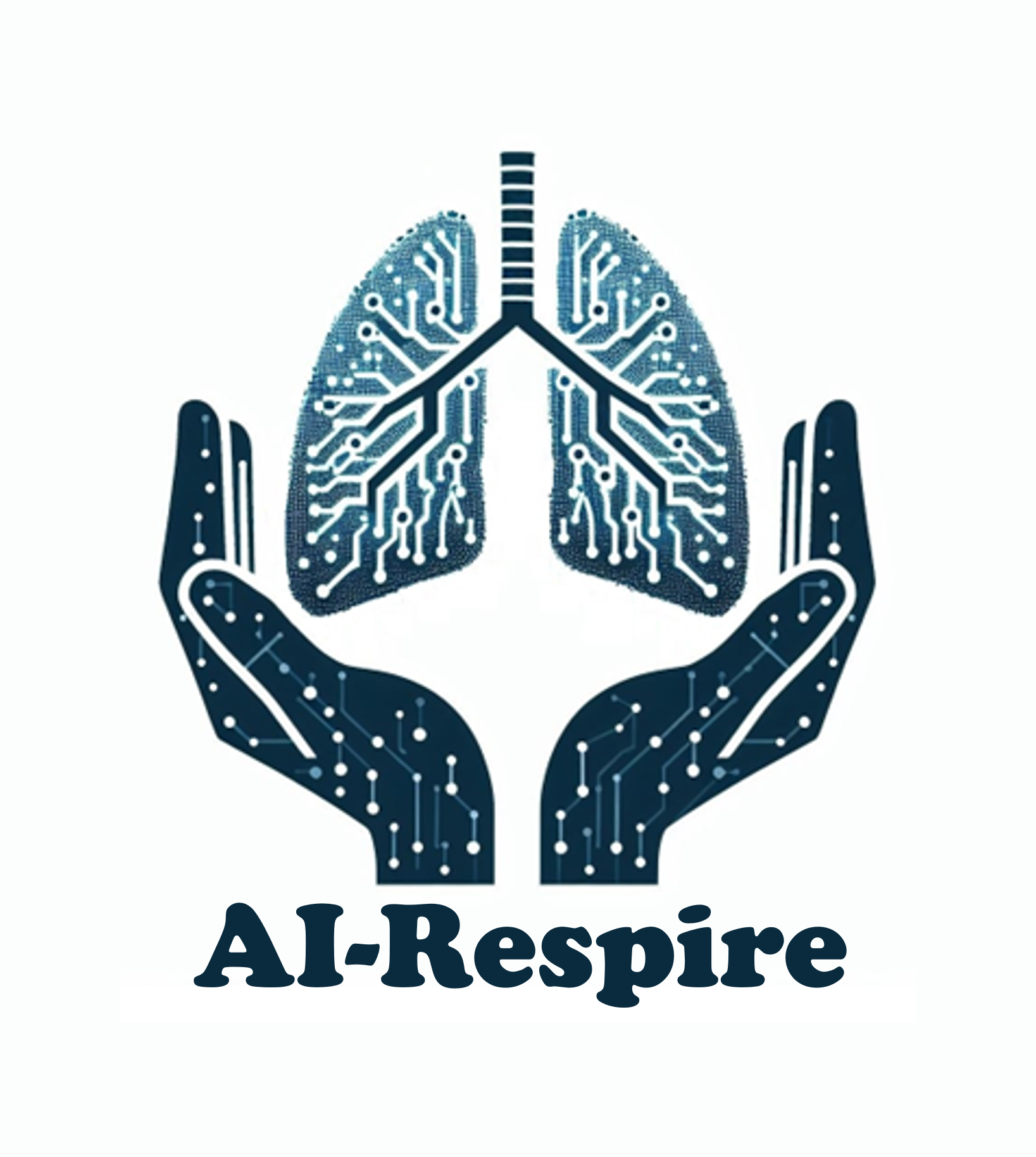Professor Fan Chung, Professor Christopher Pain and Claire Dilliway from Imperial College London, walk us through the exciting use of artificial intelligence to create personalised health responses to air pollution and invite you to get involved
99% of the world’s population breathe indoor and outdoor air which fails to meet the WHO guideline limits for air pollution, taking approximately 7 million lives prematurely per year. (1) The impact of air quality on health is, therefore, a matter of concern for us all.

Climate change brings yet more challenges, causing weather patterns to change, leading to more frequent extreme weather events that can increase air pollution, such as heatwaves, wildfires and drought. (2) National governments seek to address these problems, but this process will take time.
But how do we know when we as individuals should be concerned, and how do we develop resilience and resistance under such conditions? Generalised studies about vulnerable groups help predict who might be affected but are challenging to apply to our everyday lives. This is why, for the EPSRC-funded AI-Respire project (3) hosted at Imperial College London (Imperial), we use the latest artificial intelligence (AI) technology developments to create models of individualised health responses to air pollution.

How does air pollution affect my health?
Professor Fan Chung, from the National Heart and Lung Institute, Imperial, is the Principal Investigator on the AI-Respire project, and one of his research interests concerns the impact of environmental pollution and nanoparticles on the lungs and lung disease. The health risks associated with airborne pollution (particulate matter and various gasses) include developing and exacerbating respiratory diseases, including asthma, respiratory infections, lung cancer, and coronary heart and cerebrovascular diseases.
We use data from clinical studies, including air pollution exposure and physical response at the organ and cellular level. For example, we are using data from a study of 60 people living with asthma, which showed that after a two-hour walk along a highly polluted street in London, all participants experienced inflammation in the airways and a significant reduction in lung function. (4) At the larger population scale, we use the UK Biobank dataset, which includes over 500,000 adult participants from the UK. (5)

New AI technology
Professor Christopher Pain, Earth Science and Engineering Department, Imperial, Co-Investigator on the AI-Respire project, and colleagues have developed an artificial intelligence-based modelling approach that uses new generative AI methods (similar to chat GPT). In this way, we can represent complex biological and physical systems as numerical equations.
By integrating clinical study data into our models, we are working to establish these relationships to predict health responses and perhaps even diagnose potential health issues at an individual level.
Our AI-Respire team has also developed a novel technique called AI for Partial Differential Equations (or AI4PDEs). It solves differential equations using pre-defined neural network weights to convey the importance of variables to the outcome. (6)
Models using AI4PDEs are considerably faster, more accurate, and use fewer computing/energy resources than traditional methods. Using this technique, we generate some of the most detailed models of pollution and air flows in our cities, such as the models of South Kensington, London (Figure 1).
Professor Pain’s team first developed a detailed virtual model (digital twin) of the physical environment. This included the buildings and green spaces and their physical properties and then incorporated actual air pollution and weather data to show how air pollution is dispersed around South Kensington.
Contact Us
We are also developing collaborations and are keen to engage with organisations that could benefit from, contribute to, and amplify this research. Please contact AI-Respire Programme Manager Claire Dilliway at c.dilliway@imperial.ac.uk to discuss this.
References
- https://www.who.int/health-topics/air-pollution#tab=tab_1
- https://www.metoffice.gov.uk/weather/climate/climate-and-extreme-weather
- https://www.imperial.ac.uk/earth-science/research/research-projects/ai-respire
- N Engl J Med 2007; 357:2348-2358 DOI: 10.1056/ NEJMoa071535.
- Chadeau-Hyam M, et al. EClinicalMedicine 2020; 29: 100658. Elliott J, et al. Eur J Epidemiol 2021; 36: 299.
- Zhao X-z, et al. Journal of Hydrodynamics 2020; 32: 735. Wang Q, et al. Computer Physics Communications 2022; 274: 108292.


This work is licensed under Creative Commons Attribution-NonCommercial-NoDerivatives 4.0 International.


